How to create a wildflower front yard – 5 steps for a vibrant and eco-friendly entrance
Try a more natural approach for the front of your plot with this advice, from plant suggestions to design ideas and more
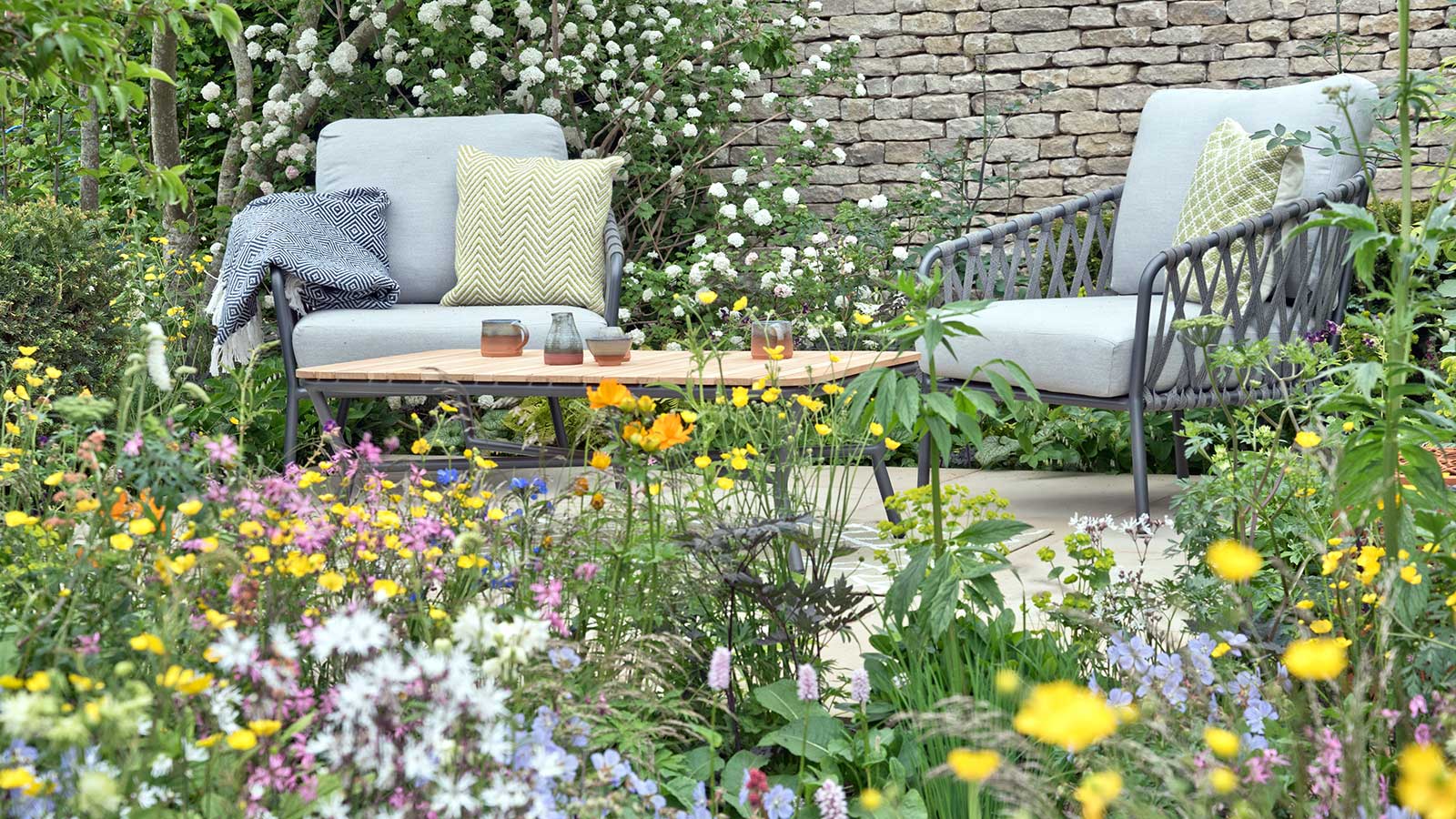
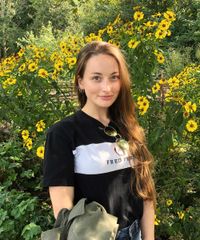
Sustainable, naturalistic garden design has been rising in popularity for a while now – and there's no reason you can't embrace the look in your front yard as well as out back. The first step is to swap out that traditional, labor-intensive turf or portions of uninspiring paving with a more colorful and eco-friendly alternative: wildflowers.
After successfully turning areas of her backyard pasture into a wildflower garden last year, Lindsey Chastain from the homesteading blog Waddle and Cluck started transforming her front yard to match. 'We love that it cuts down on mowing and looks beautiful,' she says.
This style of front yard also adds curb appeal to neighborhoods, Lindsey continues. But perhaps the most important benefit of a front yard wildflower garden is that it can dramatically improve the local biodiversity, as home-improvement expert Joshua Bartlett highlights. This is due to their ability to provide food sources for birds, butterflies, and other insects, as well as attracting pollinators like bees.
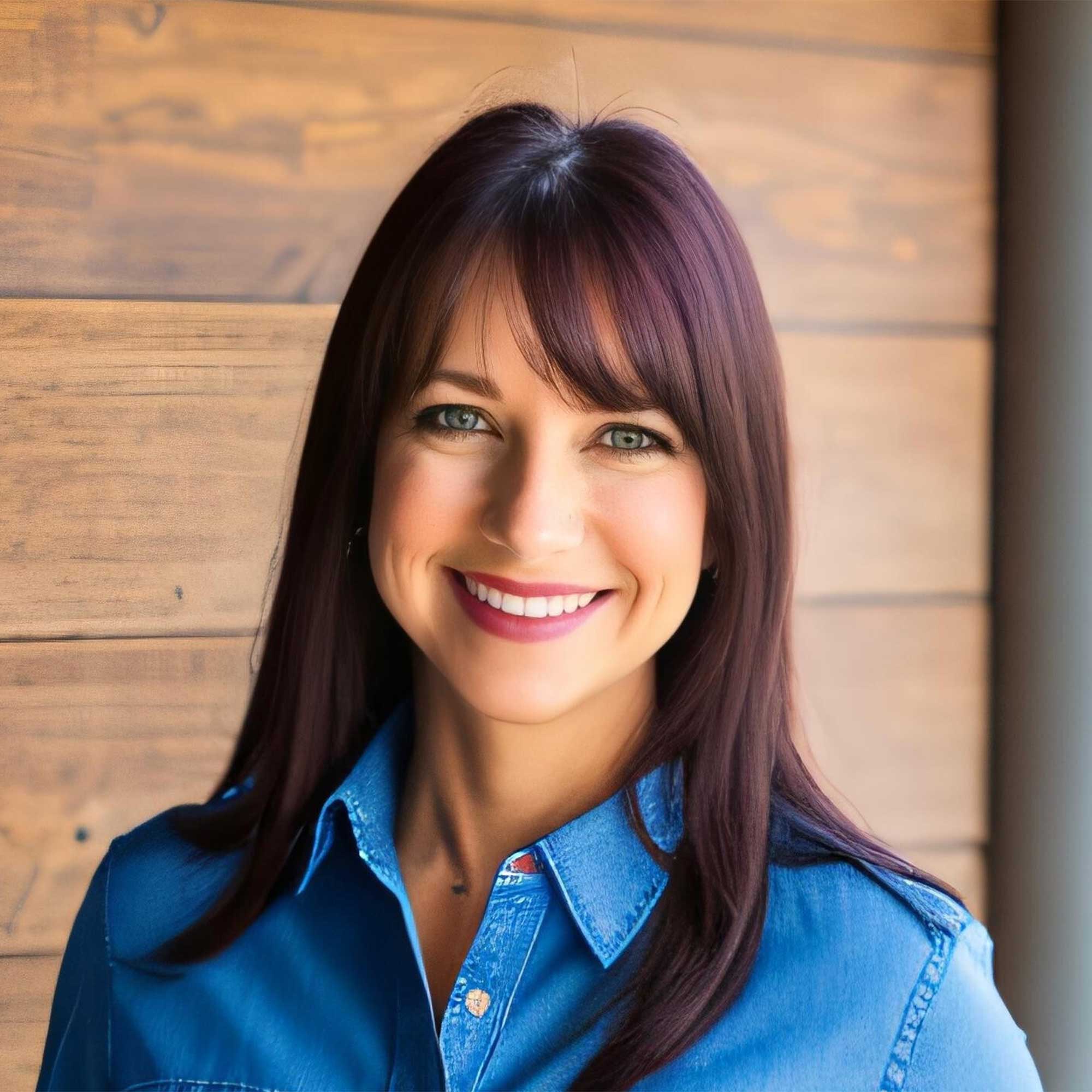
Lindsey started gardening in 2005, when her first son was born, as a way to save money. It started with a small window herb garden, then expanded to potted vegetables, and now, she and her husband can regularly be spotted in the garden on their homestead.
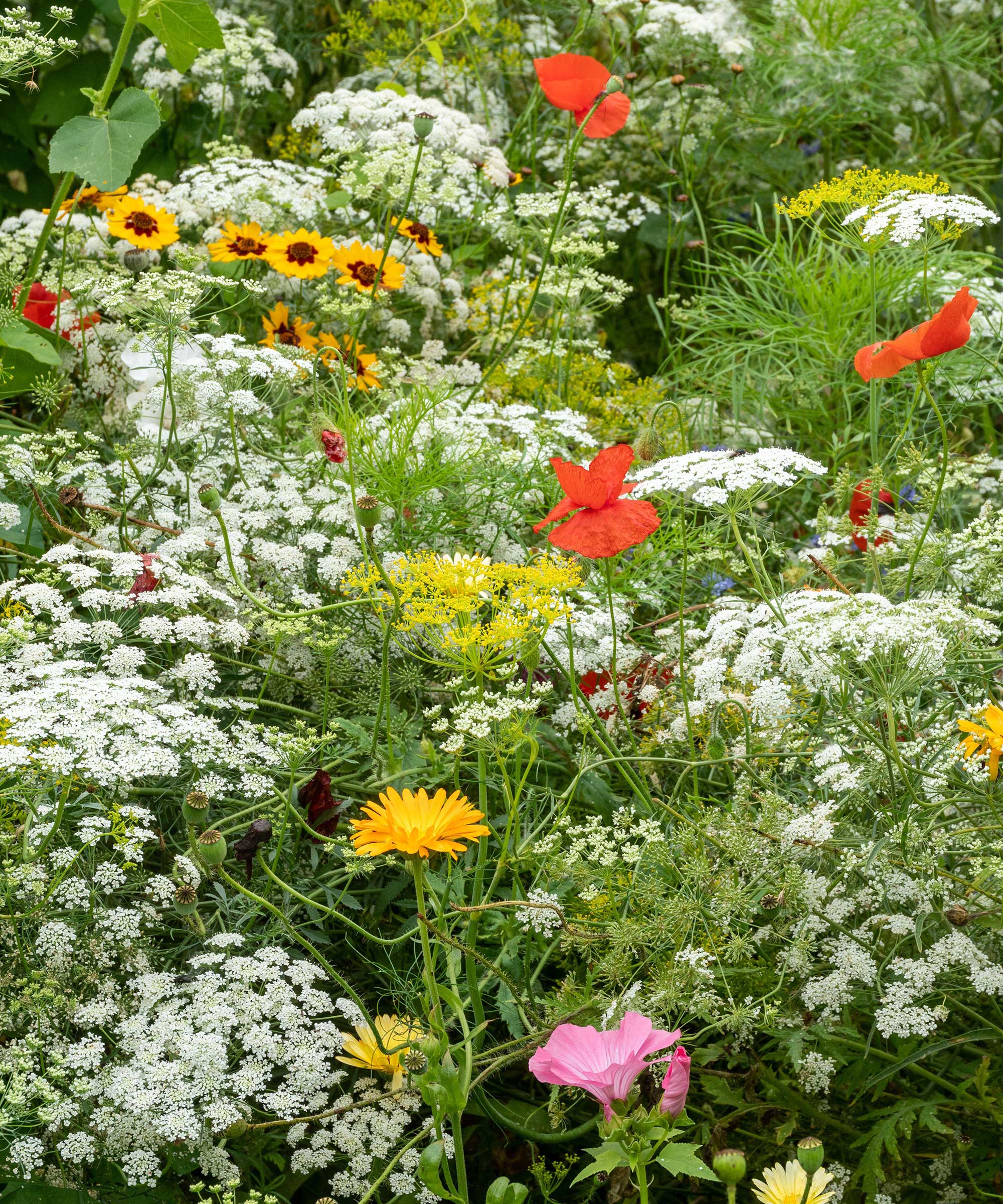
A wildflower garden offers a tapestry of texture and color
Fill your front yard with wildflowers with these expert tips
Want to try a more naturalistic planting design for the front of your plot? Follow these five steps for success.
1. Start with a plan
Even though a wildflower front yard has a more natural look, it's still a good idea to start with a plan. This will help the space look intentional rather than overgrown and chaotic.
Begin by assessing the sunlight exposure and soil type of the space and plan your areas of wildflowers accordingly. These types of flowers generally do best with plenty of sunshine and well-draining soil (although some woodland wildflowers will tolerate shade).
If your soil is suitable, you may wish to turn large sections into wildflower meadows, perhaps on either side of your front yard path. Alternatively, you could plant a narrow border of wildflowers around the perimeter of your plot, or intersperse wildflowers amongst cracks in pavers. For a smaller space, or if the soil is unsuitable for planting directly in the ground, you could consider container gardening.
Design expertise in your inbox – from inspiring decorating ideas and beautiful celebrity homes to practical gardening advice and shopping round-ups.
Remember that a front yard needs to be functional, too. Ensure you include a clear way to access your front door, a driveway if necessary, plus any front yard privacy solutions you may need.
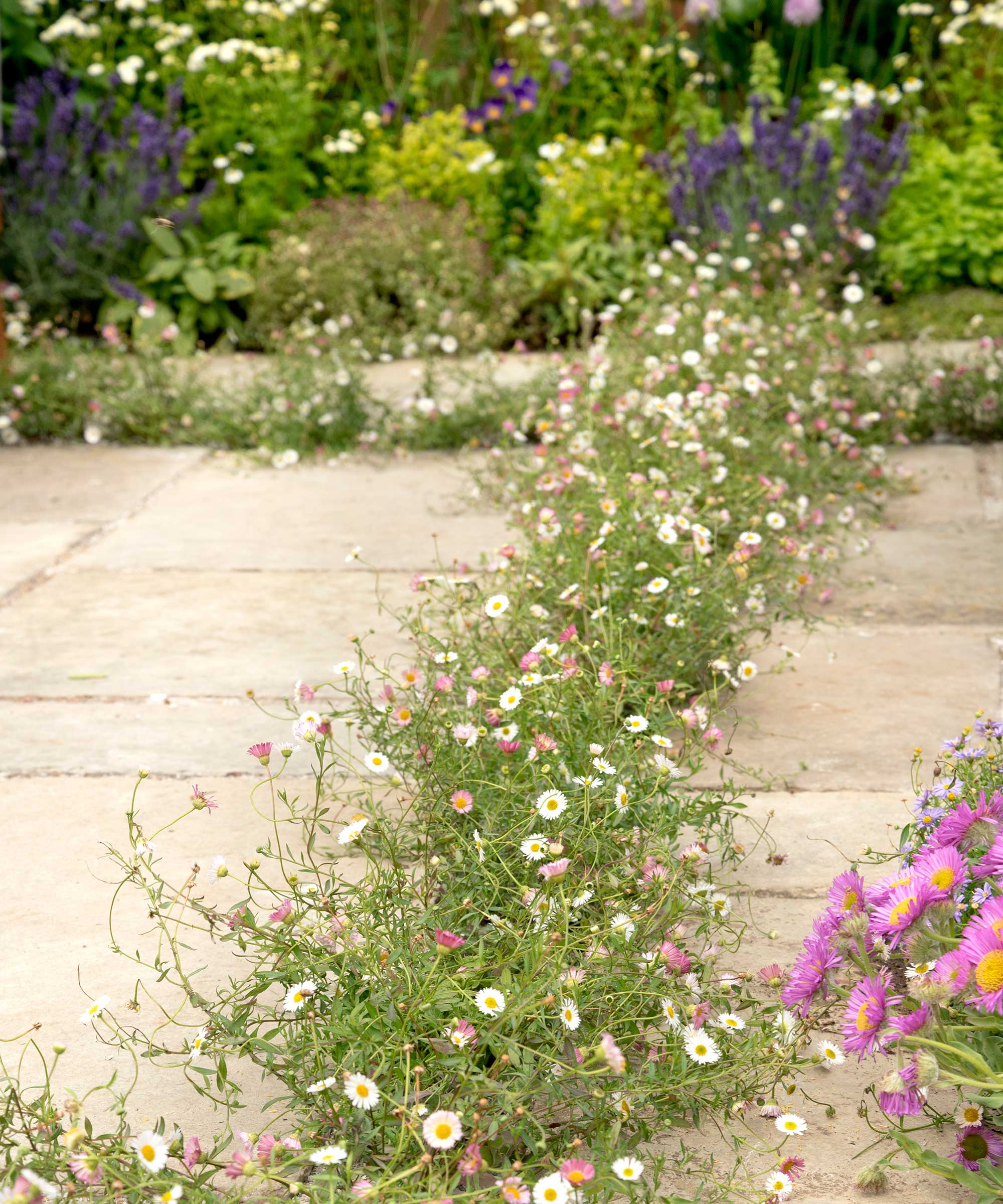
Erigeron is a pretty UK-native wildflower for planting in between pavers
2. Choose your wildflowers
'Wildflowers, by definition, are plants that will grow in the wild without having to be tended to or cared for by people,' says Rebecca Sears of Ferry-Morse. 'For this reason, they are great for beginner gardeners looking to add color to their front yards as they are low-maintenance and typically perennials or self-sowing annuals, meaning they will grow back year after year.'
'Native wildflowers are ideal choices, as they are adapted to local growing conditions and help support pollinators,' says Lindsey. 'Some great options include purple coneflower, black-eyed Susan, bee balm, and butterfly milkweed.' The 'Pardon My Cerise' bee balm from Nature Hills is a lovely choice for a splash of vibrant pink.
Other popular varieties suggested by Joshua include poppies, blanket flowers, and sweet williams. Rebecca also recommends shasta daisies, which grow well in full sun or partial shade, producing glistening white flowers to create attractive borders and beds. They make excellent cut flowers, she adds.
For a quick and easy approach, you can purchase a few packets of mixed wildflower seeds, such as the Pollinator Mix from Burpee. Alternatively, choose individual seed packets, opting for varieties in complementing hues.
Remember to check whether varieties are considered invasive in your area before planting them. Check their environmental needs on the labels, too, to ensure they will thrive in your front yard's conditions.

As CMO and Resident Green Thumb for the Green Garden family of brands, Rebecca Sears nurtures the company's heritage but also looks to develop new products and solutions to help gardeners of all skill levels fuel their passion and become more successful in the garden. Rebecca has been gardening from coast to coast, first realizing her passion while living in Portland, Oregon, inspired by the public gardens throughout the city. When she relocated to the Northeast, she built upon her knowledge and craft, and now her backyard garden grows larger each year.
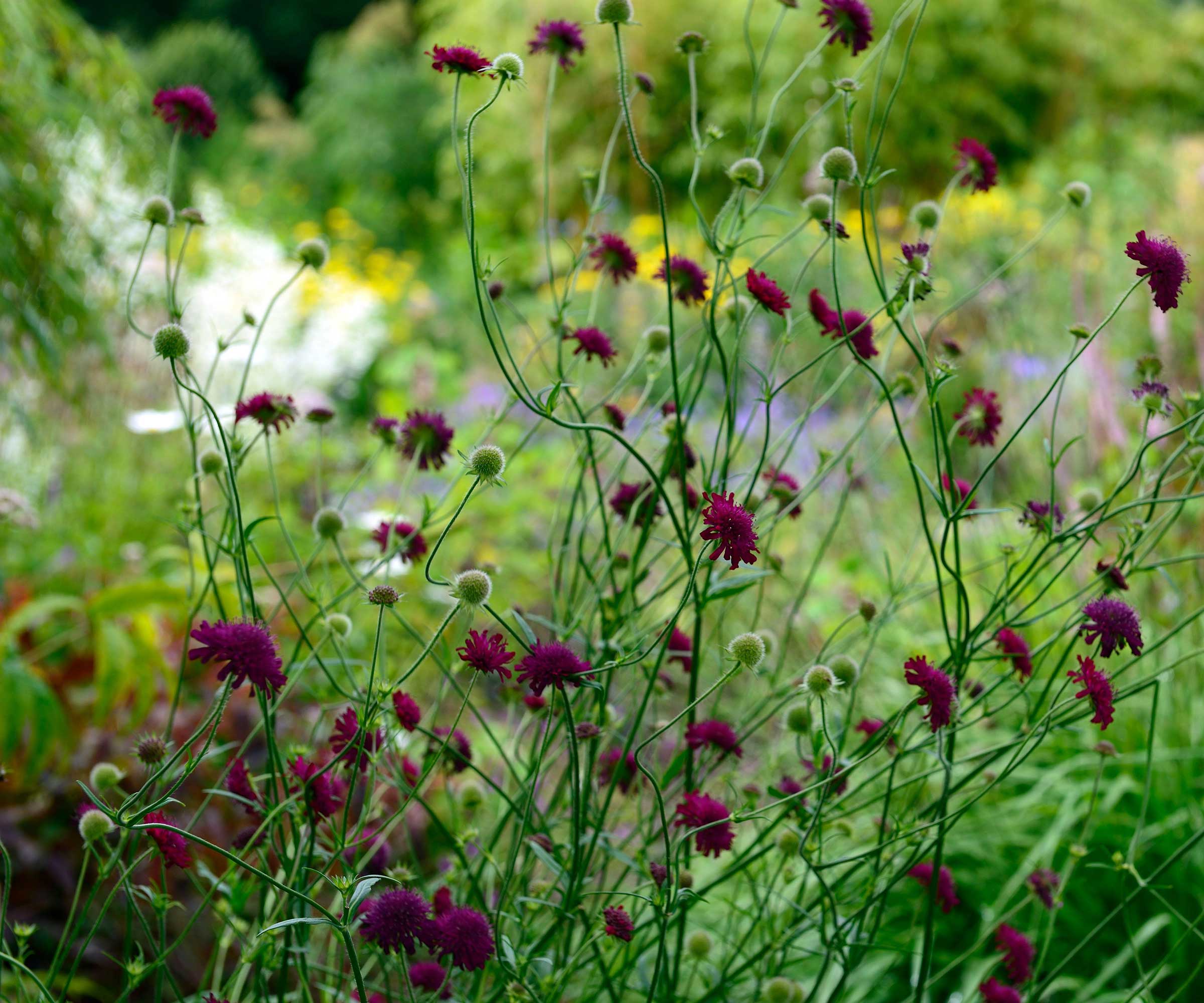
These pincushion flowers add an elegant and moody tone to a floral display
3. Add focal-point features
While swathes of flowers undoubtedly look beautiful, adding a focal point or two can elevate the scene even further. Plus, it will create a permanent point of interest throughout the seasons, including in winter when most wildflowers die back.
Consider a water feature to add sensory appeal, or perhaps a sculpture. A beautifully-designed bench or even a bug hotel can also add character and charm.
Consider evergreen shrubs, too – perhaps for a small, neat hedge around your patches of blooms, or as topiary.
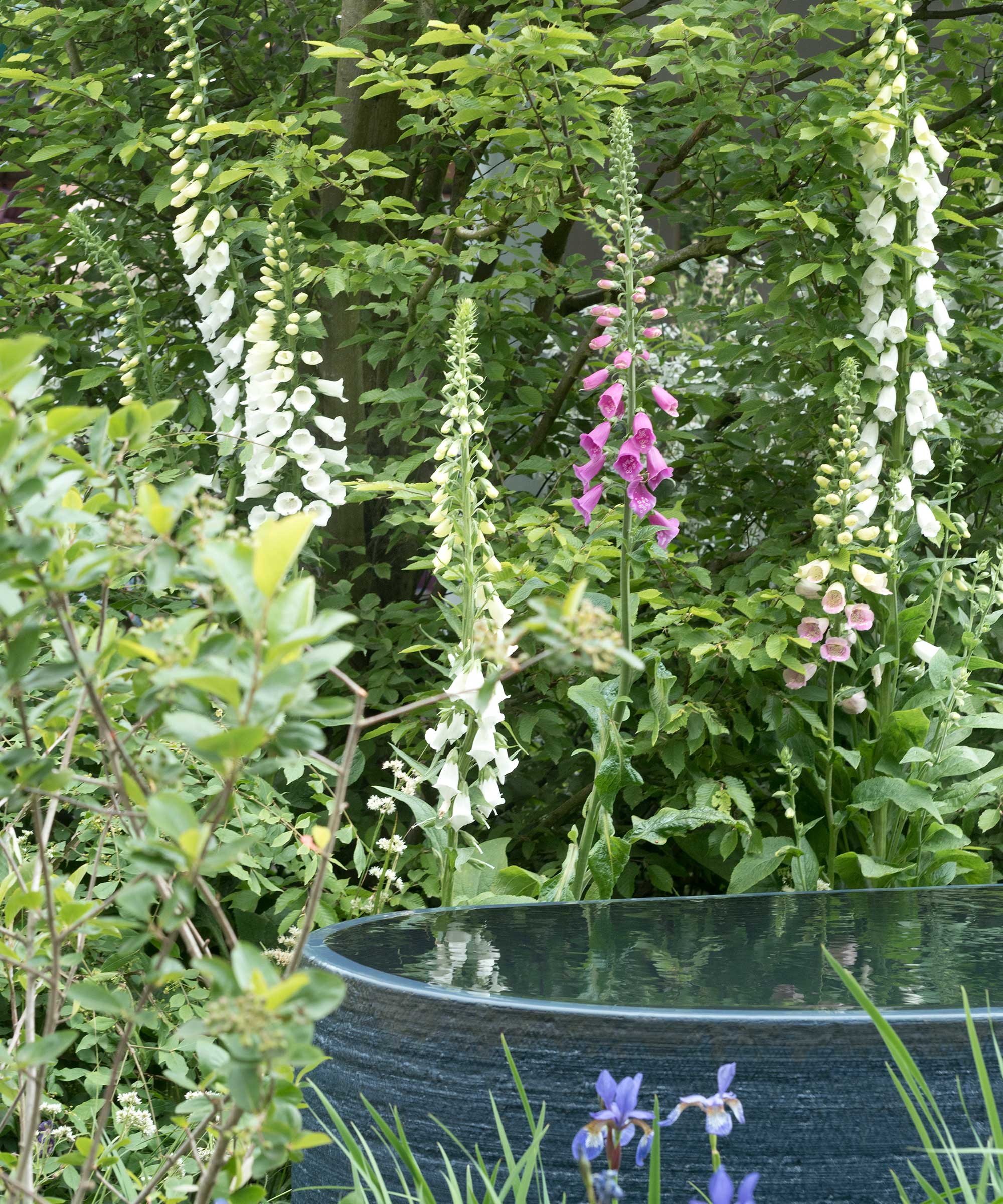
A water feature will add to the aesthetics of the space, and is good for wildlife, too
4. Plant your flowers
Once you've planned where everything will go, it's time to plant your wildflowers. There are a few different approaches to this.
The easiest method is to sow seeds directly, in late fall or early spring. 'Prepare the area by removing any existing sod or weeds,' says Lindsey. Then, work the soil and rake it smooth before sowing the seeds.
'You can broadcast the seeds by hand, or use a handheld spreader for larger areas,' she continues. 'Cover the seeds lightly with soil and water gently to help them establish.'
Alternatively, you can create your own plug plants by starting the seeds off in pots. 'When they are about 2in high, prick them out 3in apart into standard-sized seed trays filled with multi-purpose compost,' recommends gardening expert John Negus. 'Gradually harden them off.
'Then, in June, when your plants have grown well and are touching, set them in free-draining soil in full sun, where you wish them to bloom.'

John has been a garden journalist for over 50 years and regularly answers readers' questions in Amateur Gardening magazine. He has also written four books and has delivered many talks over the years on horticulture.
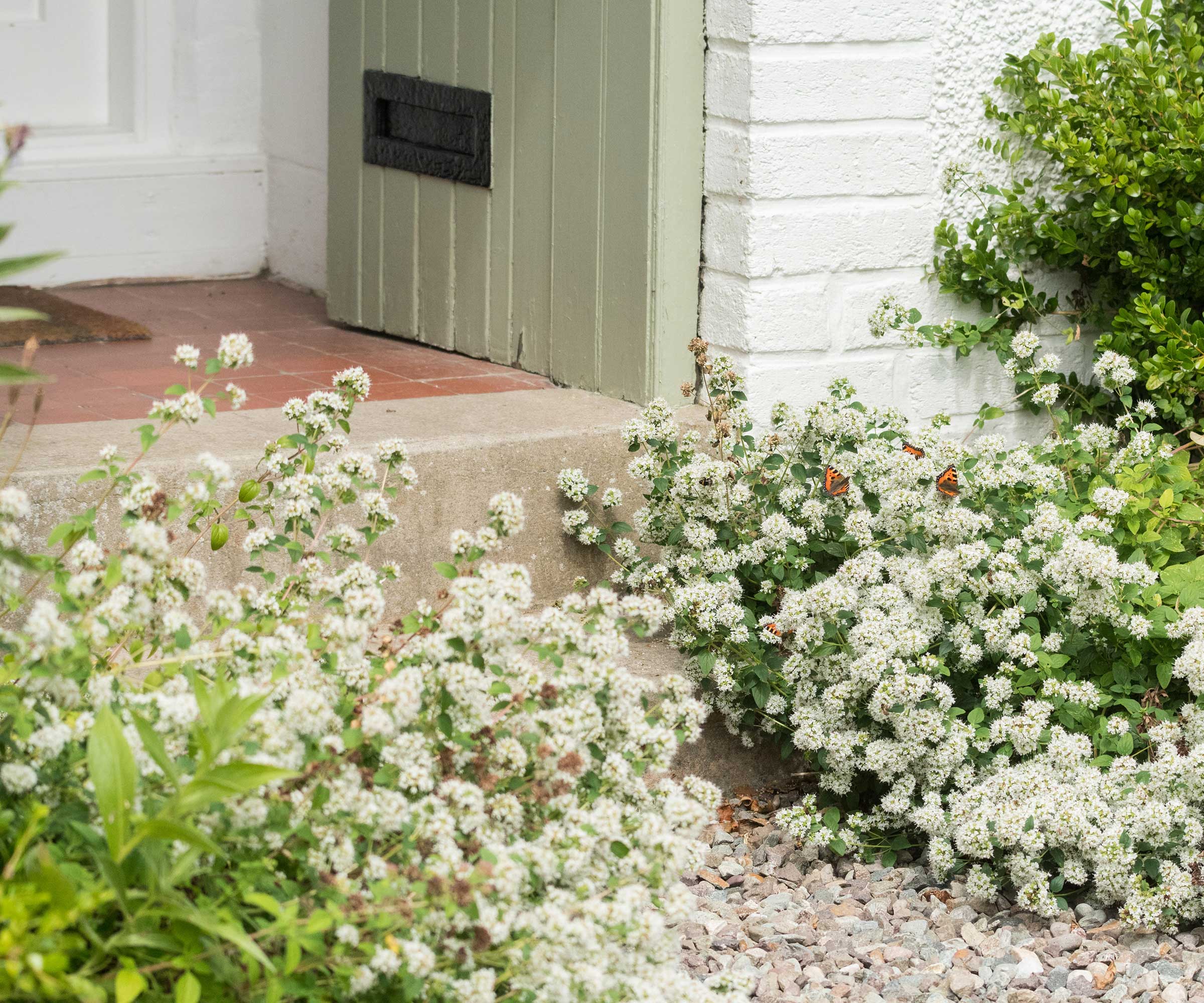
Wildflowers will attract butterflies to your front yard
5. Maintain your wildflower front yard
You won't need to apply fertilizer to your front yard wildflower garden, since these flowers do extremely well in poor soil conditions, as Joshua highlights. 'You only need to worry about watering during times of extreme drought,' he says – 'and don't worry about replanting new seeds in the yard unless you have bare patches.'
If you've grown a wildflower meadow, you might want to mow it once at the end of the season (usually late fall) to spread new seeds from the flowers and prevent thatch buildup, Joshua adds.
The biggest maintenance job is usually getting rid of weeds. 'Even if you start with a weed-free bed, seeds blow in and vigilance is required to ensure perennial weeds don’t establish,' John Negus says. To ensure you don't kill any nearby flowers, it's usually best to remove weeds by hand, rather than apply a herbicide. The Fiskars Ergo Scratch Garden Weeder from Amazon will make the job easier.
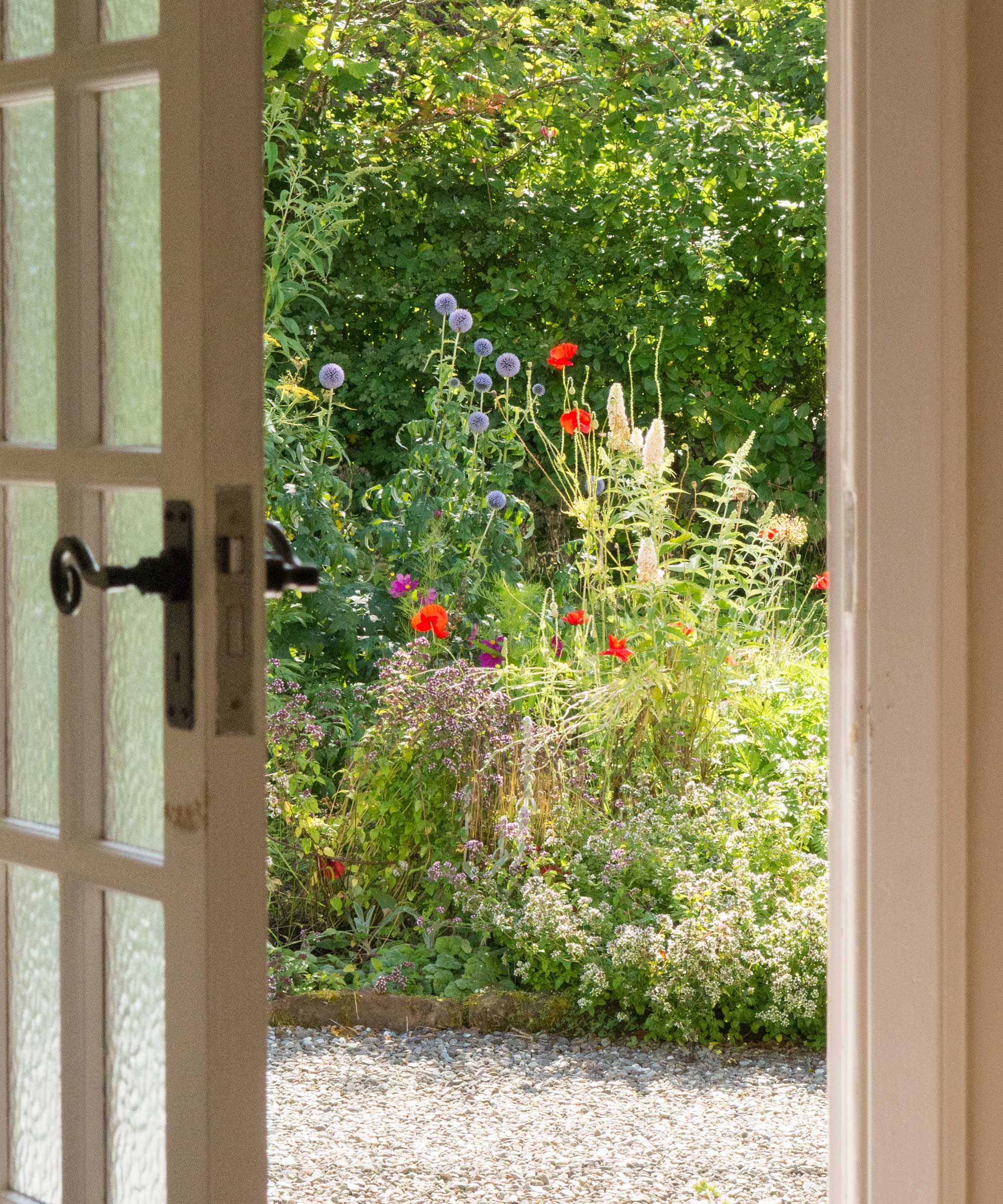
A small wildflower patch can provide a pretty, summertime view from your front door
FAQs
Which wildflowers are suitable for a marshy and wet front yard?
If your front yard lacks the well-draining soil that most wildflowers thrive on, there are alternative planting options available. Anna Ohler of Bright Lane Gardens nursery suggests marsh marigold, sweet woodruff, northern marsh orchid, yellow iris, and bog bean.
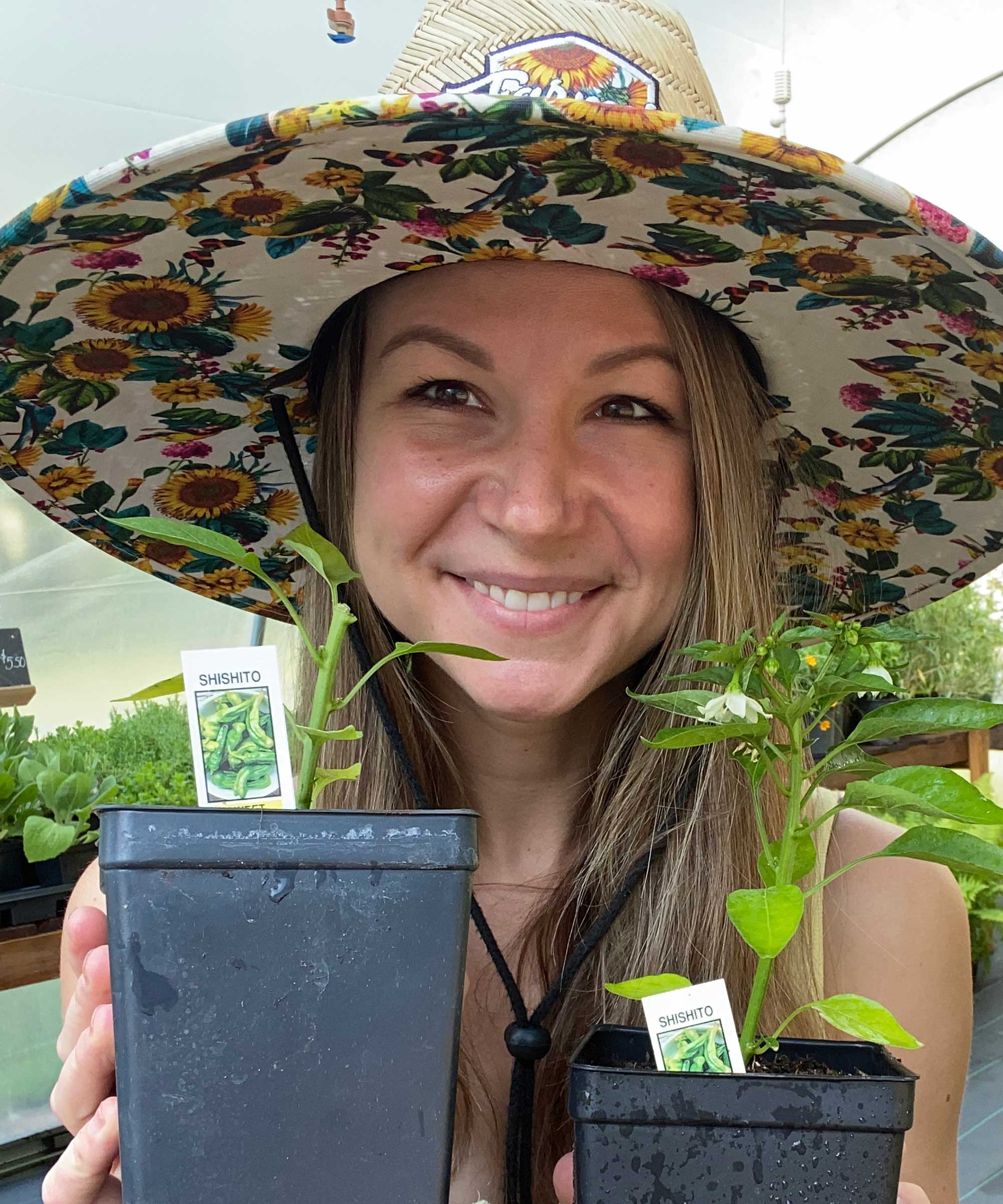
Anna is an avid plant hobbyist and the Owner and Operator of Bright Lane Gardens, a boutique plant nursery in Northern Michigan. With over a decade of experience in gardening and landscaping, she takes every opportunity to share her knowledge on all things plant related.
Once you've seen the beauty of your new front yard wildflower garden, it's likely you'll want to create a similar area in your backyard, too. The good news is, you won't even need to buy more seed packets – you can simply collect the seeds from your existing blooms!

Holly started writing about gardening five years ago, and she is a regular contributor to Homes & Gardens. She has also written many gardening features for Woman & Home and Real Homes, too. She has previous experience as a professional gardener, where she helped to plant and maintain private gardens. Holly has also looked after allotment plots over the years and loves to grow her own flowers and veggies from seed. In her spare time, she enjoys visiting local gardens, botanical drawing, and tending to her ever-growing collection of houseplants.